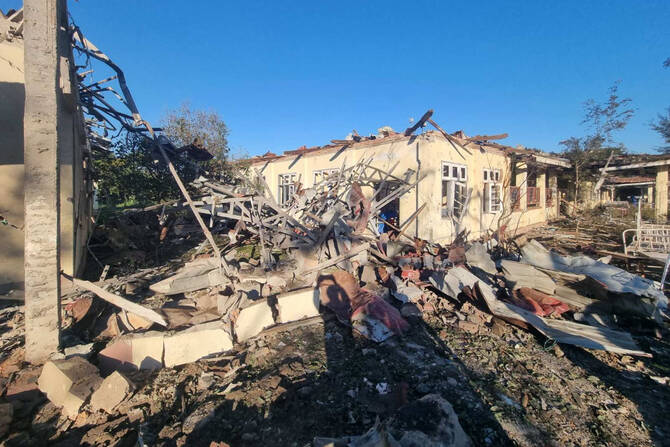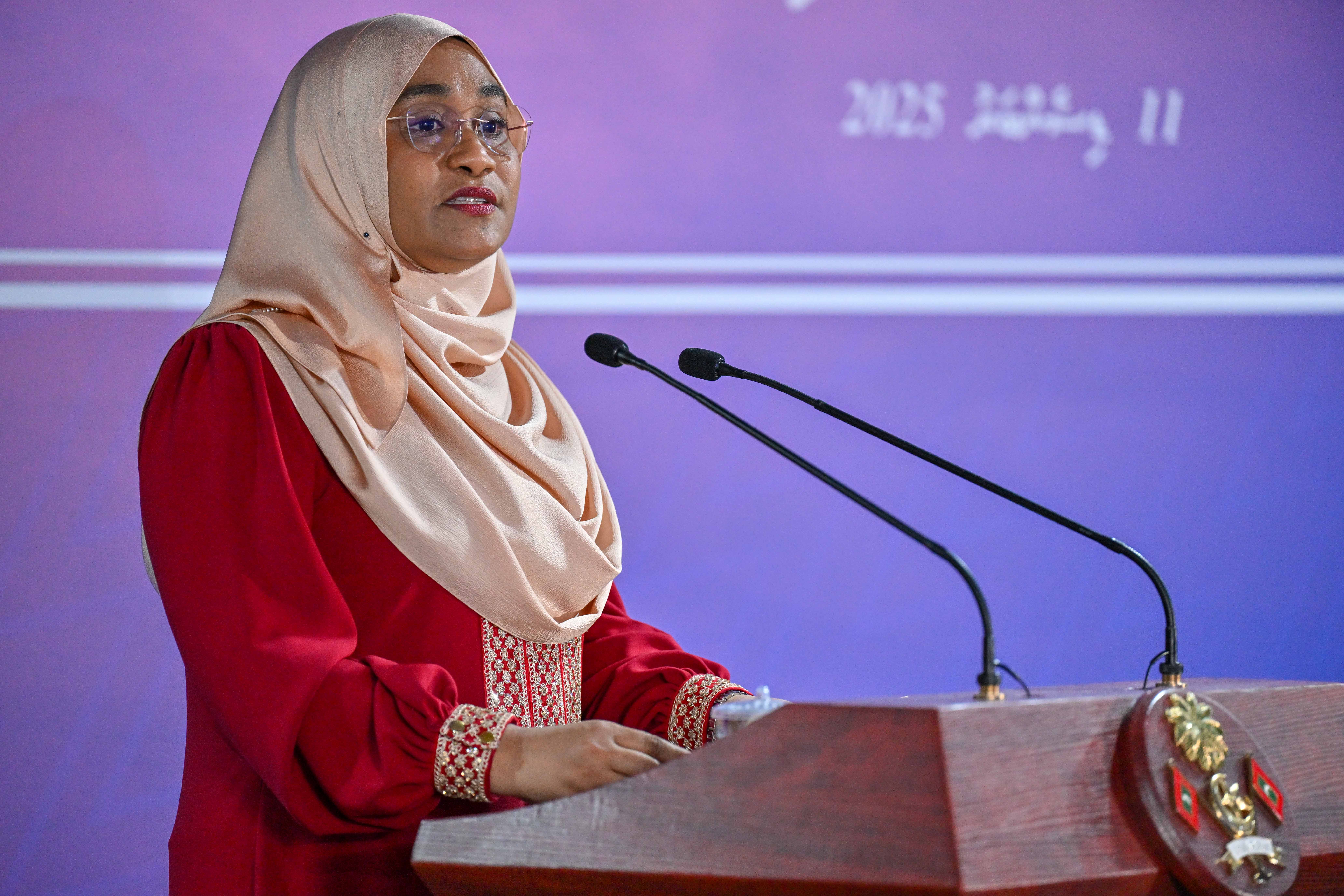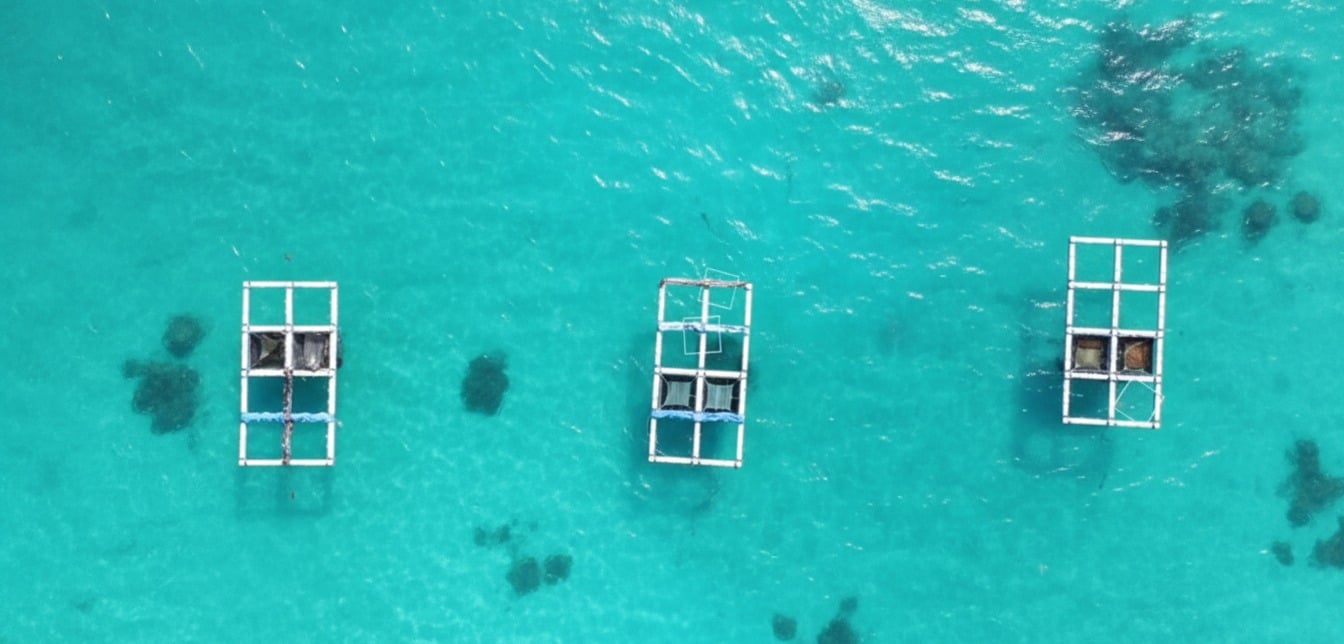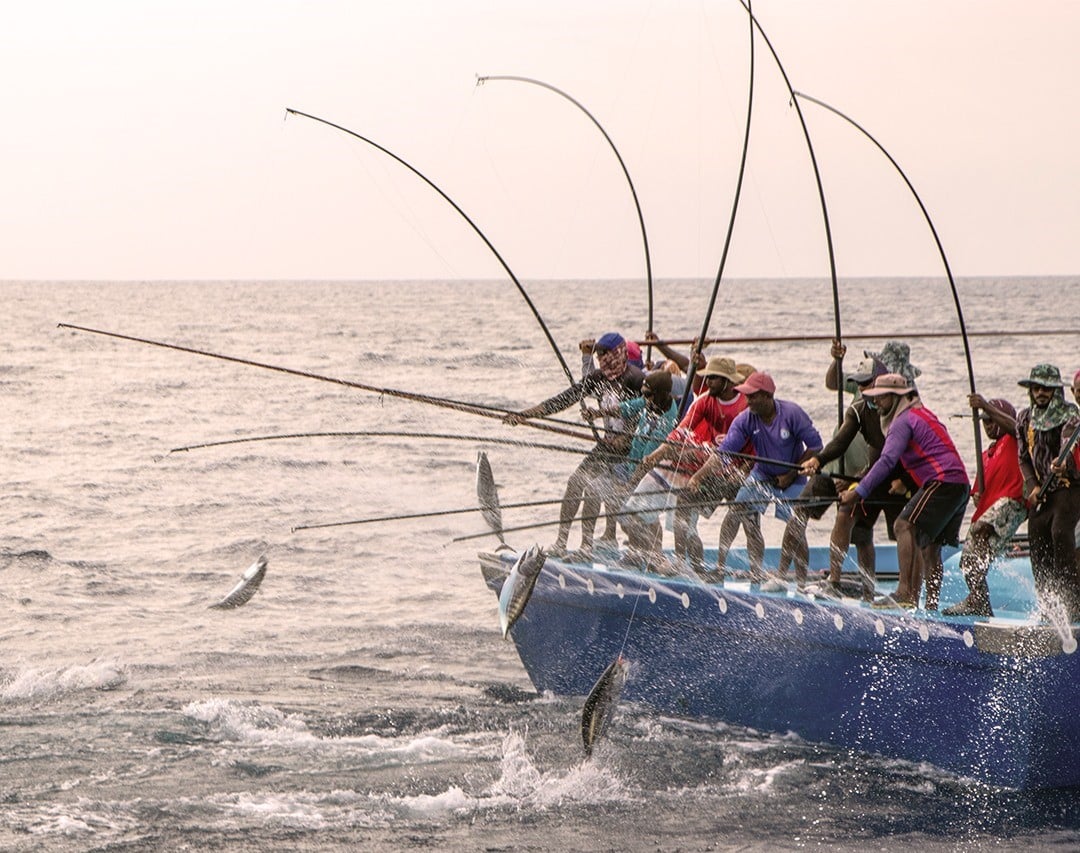In a blow to leader Kim Jong Un's efforts to strengthen his military capabilities as tensions with the United States and South Korea rise, North Korea's attempt to launch the country's first spy satellite into space on Wednesday was unsuccessful.
The newly developed Chollima-1 rocket was launched at 6:37 a.m. at the North’s Sohae Satellite Launching Ground in the northwest, carrying the Malligyong-1 satellite. The rocket crashed off the Korean Peninsula’s western coast after it lost thrust following the separation of its first and second stages, the North’s official Korean Central News Agency said.
Japan and South Korea briefly advised locals to seek shelter during the launch.
North Korea promised to perform a second launch after discovering the cause of its rocket liftoff after the unusually swift acknowledgment of failure.
The South Korean military reported that it was rescuing an object believed to be from the North Korean rocket that had crashed in waters 124 miles (200 kilometers) west of the island of Eocheongdo in the country's southwest. Later, the Defense Ministry published images of what it characterized as a possible rocket component: a white metal cylinder.
A satellite launch by North Korea is a violation of UN Security Council resolutions that ban the country from conducting any launch based on ballistic technology. Observers say North Korea’s previous satellite launches helped improve its long-range missile technology. North Korean long-range missile tests in recent years demonstrated a potential range that could reach all of the continental US, but outside experts say the North Korea still has some work to do to obtain functioning nuclear missiles.
The newly developed Chollima-1 rocket was launched at 6:37 a.m. at the North’s Sohae Satellite Launching Ground in the northwest, carrying the Malligyong-1 satellite. The rocket crashed off the Korean Peninsula’s western coast after it lost thrust following the separation of its first and second stages, the North’s official Korean Central News Agency said.
Japan and South Korea briefly advised locals to seek shelter during the launch.
North Korea promised to perform a second launch after discovering the cause of its rocket liftoff after the unusually swift acknowledgment of failure.
The South Korean military reported that it was rescuing an object believed to be from the North Korean rocket that had crashed in waters 124 miles (200 kilometers) west of the island of Eocheongdo in the country's southwest. Later, the Defense Ministry published images of what it characterized as a possible rocket component: a white metal cylinder.
A satellite launch by North Korea is a violation of UN Security Council resolutions that ban the country from conducting any launch based on ballistic technology. Observers say North Korea’s previous satellite launches helped improve its long-range missile technology. North Korean long-range missile tests in recent years demonstrated a potential range that could reach all of the continental US, but outside experts say the North Korea still has some work to do to obtain functioning nuclear missiles.


















